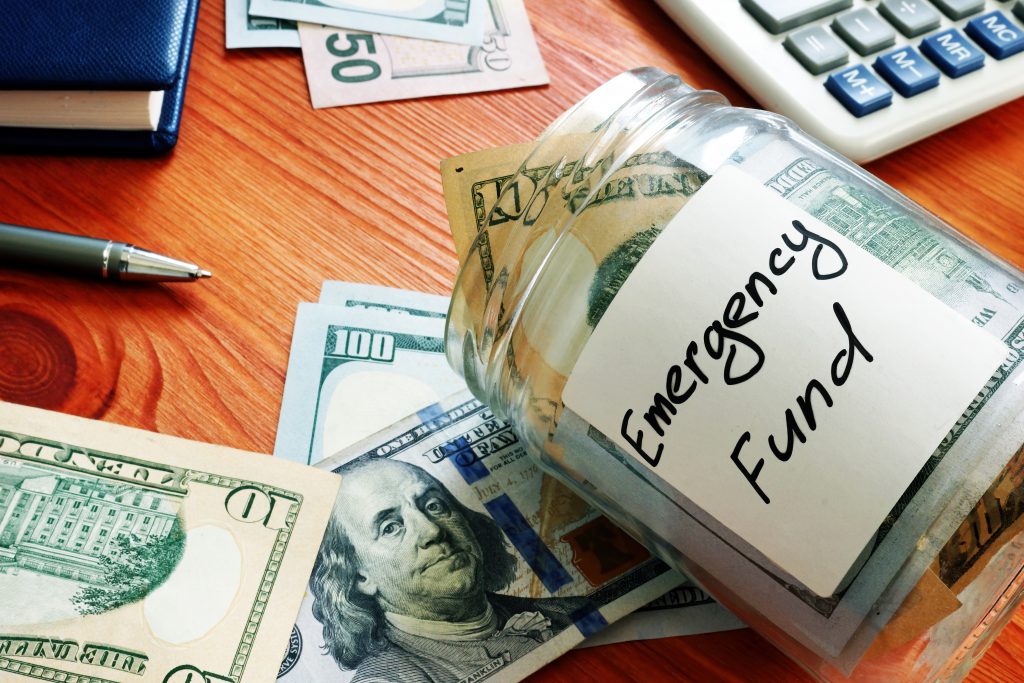How much should you have in your Rainy Day Fund?

| You want to know more about why a Rainy Day Fund is important? See our Rainy Day Fund video by clicking here. This ĠEMMA Rainy Day Fund video is carried out with our partner, the Central Bank of Malta. |
How do you get started to build a rainy day fund? ĠEMMA suggests that you start putting a small amount of money each month – depending on what you earn kick off with something like €25 to €50 a month. We recommend that you set up a standing order with your bank, so that as soon as your paycheque comes in the money immediately goes into your fund. If the opportunity arises try to increase that amount. You save in the rainy day fund until you reach your target.
The question now is: how much money should you place in a rainy day fund? Well – whilst you want to pay an unexpected repair or replace a fridge that conks out it is important that the fund should have enough money to cover you over for a number of months in the event you end up in a sticky situation.
A rainy-day fund reflects your personal circumstances. There is no right or wrong answer. As a minimum ĠEMMA, however, recommends a rainy day fund should give you a solid financial cushion of three months – though ideally, you should target for six months.
The fund should cover your living expenses – mortgage or rent, utilities and other things which are a ‘need’. The fund should cushion you to cover home or car things that may go wrong. The Table below presents the cushioning amounts, based on a UK study carried out by Money Advise in the UK in 2016 and adjusted for Malta.
You may wish to consider for reference when you are calculating your how much you should invest in your rainy fund.
| € | |
| Car repair | 1000 |
| Glasses | 180 |
| Technology breakdown | 300 |
| Vet (annual) | 600 |
| Washing machine | 350 |
| Emergency home repairs | 700 |
| Children unexpected costs | 300 |
| Mobile phone breakdown | 150 |
| Geyser breakdown | 500 |
To re-emphasise the rainy-day fund is to cover for both emergency and unexpected costs. Coverage of emergency crisis differs from person to person – may, for example, be loss of job income or your pet tears its cruciate and needs surgery. It is important, therefore, to understand what your essential expenses – or needs are. These may consist of food, essential debts you must pay such as a home loan or credit card debt, etc. The rainy day fund should not cover for eating out, your daily cappuccino and other expense which are ‘wants’ – non-essential and the first to be sacrificed during any emergency.
So, assuming, that your essential expenses are €1,500 and you have set a rainy-day fund for 3 months your emergency coverage will be €4,500. To this you will add a cushion of €1,000 to cover for unexpected costs. Your rainy day fund, therefore, will be of €5,500 – providing you a monthly coverage of the 6 month period of €1,833.
Of importance is that when you dip into the rainy day fund to handle an unexpected cost you once again start saving into your fund until the target value is replenished.
